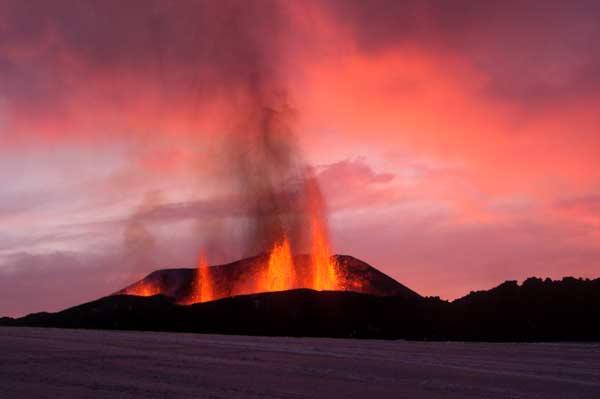Deadliest Volcano Eruptions Listed in New Online Database


Live on the East Coast? Thinking of escaping to a warm Caribbean island right now? You might want to check a new, open access database of the world's deadliest volcanoes first.
Though not intended as a travel advisory, the database does include several Caribbean volcanoes, such as Montserrat's Soufrière Hills volcano, which sent pyroclastic flows down the mountain in 2010. (The rest of the island remains a lush resort.) However, researchers do hope the public learns more about volcanic hazards in their region by accessing the records.
"The long-term goal of this project is to have a global source of freely available information on volcanic hazards," principal investigator Stephen Sparks, a volcanologist at the University of Bristol in the United Kingdom, said in a statement.
Compiled by an international team from the University of Bristol with colleagues from the United Kingdom, United States, Colombia and Japan, the database provides free access to large volcanic events of magnitude 4 and greater. The scale is a relative measure of the explosiveness of volcanic eruptions. The 2010 eruption Eyjafjallajökull in Iceland was a magnitude 4; the May 18, 1980, eruption of Mount St. Helens in Washington was a magnitude 5; and when the Philippines' Mount Pinatubo blew its top in 1991, it was a magnitude 6 eruption.
"Magnitude 4 or greater eruptions are typically responsible for the most loss of life," geologist Sian Crosweller of the University Bristol, who led the database team, said in a statement. "The database's restriction to eruptions of this size puts the emphasis on events whose low frequency and large hazard footprint mean preparation and response are often poor."
The open access database, called Large Magnitude Explosive Eruptions (LaMEVE), will provide crucial information to researchers, civil authorities and the general public, the statement said.
There are nearly 3,000 volcanoes and more than 1,800 eruptions in the database, spanning 1.8 million years. The team plans to extend the records back to the beginning of the Quaternary period, 2.58 million years ago.
Get the world’s most fascinating discoveries delivered straight to your inbox.
The Smithsonian Institution also maintains an exhaustive database of the world's volcanoes, called the Global Volcanism Program, but only for those active in the past 10,000 years.
The LaMEVE database is part of a major international effort called the Global Volcano Model, aimed at better understanding volcanic hazards and risk and reducing the loss of life and damage from future eruptions.
Reach Becky Oskin at boskin@techmedianetwork.com. Follow her on Twitter @beckyoskin. Follow OurAmazingPlanet on Twitter @OAPlanet. We're also on Facebook and Google+.



